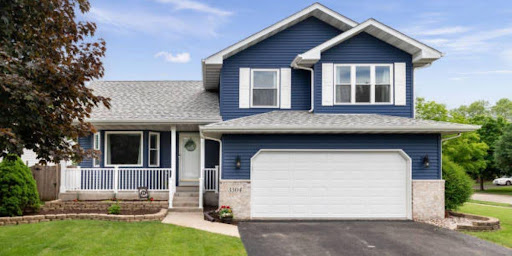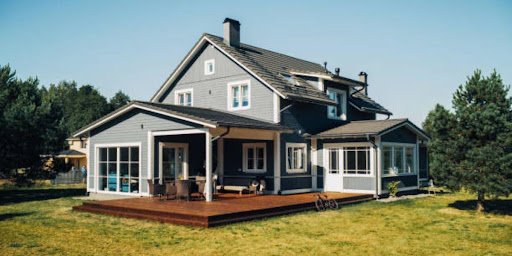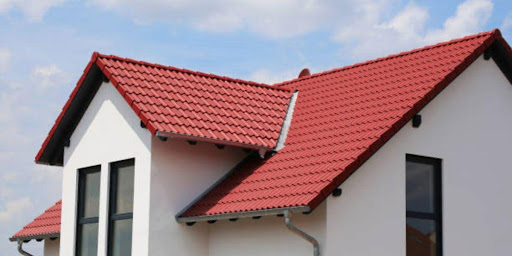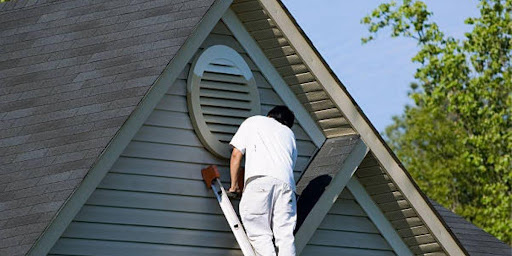Power Articles
Industry Elevating Content
Color Psychology in Exterior Design: Choosing the Right Palette

PowerArticles
Mar. 11, 2024
In exterior home design, the choice of colors goes beyond mere aesthetics—it dives into psychology. Understanding color psychology is crucial for exterior remodeling companies aiming to create appealing and harmonious spaces. The right color palette can evoke specific emotions, set moods, and even influence perceptions of a property’s size and style. In this introduction, we’ll explore the fundamentals of color psychology in exterior design, offering insights to help guide decisions and create inviting outdoor spaces that resonate with homeowners and passersby alike.
Understanding Color Psychology
Color psychology is the study of how colors affect human emotions and perceptions. It dives into how different hues can influence mood, behavior, and even physiological reactions. This knowledge is crucial in exterior design, as it helps create the desired atmosphere and impacts individuals interacting with the space.
Explanation of Color Psychology and Its Effects
Colors have a profound impact on our emotions and perceptions. Warm colors such as reds, oranges, and yellows tend to evoke feelings of warmth, energy, and excitement. They are often associated with vitality and passion, making them ideal for areas where socialization or stimulation is desired.
On the other hand, cool colors like blues, greens, and purples have a calming effect. They promote relaxation, serenity, and tranquility, making them suitable for spaces where a sense of calmness and peace is desired, such as outdoor seating areas or gardens.
Neutral colors, including whites, grays, and browns, are versatile and can complement any design scheme. They evoke feelings of simplicity, sophistication, and timelessness. Neutrals are often used as a backdrop to highlight other colors or architectural features, creating a harmonious balance in exterior design.

Factors to Consider in Exterior Design
Climate and Environment:
The climate and environment play a significant role in color selection for exterior design. In hot climates, lighter colors like whites and pastels are preferred as they reflect sunlight and help keep the home cool. In contrast, darker colors absorb heat and may not be suitable for warmer regions. In colder climates, warmer hues like deep reds and earthy browns can create a sense of coziness and warmth.
Architectural Style of the Home:
The architectural style of the home should also inform color choices. Traditional homes often look best with classic color palettes such as whites, creams, and muted tones. Contemporary designs, on the other hand, may benefit from bold and vibrant colors to enhance their modern aesthetic. It’s essential to consider the existing features of the home, such as roof color and materials, when selecting an exterior palette to ensure harmony and coherence in design.
Neighborhood Aesthetic and Regulations:
When choosing exterior colors, it’s essential to consider the neighborhood aesthetic and any regulations or guidelines set forth by homeowner associations or local authorities. While individuality is encouraged, clashing colors or overly eccentric choices may disrupt the visual harmony of the neighborhood. It’s best to opt for colors that complement the surrounding environment while still allowing the home to stand out.
Personal Preferences and Lifestyle of Homeowners:
Ultimately, the color palette chosen for exterior design should reflect the personal preferences and lifestyle of the homeowners. Colors can evoke memories, emotions, and cultural significance, making it crucial to select hues that resonate with the occupants. Whether it’s a vibrant yellow door to welcome guests or a calming blue facade to promote relaxation, the chosen colors should align with the homeowners’ tastes and preferences.

Choosing the Right Color Palette
Selecting the perfect colors for exterior design is crucial in creating a visually appealing and harmonious look for homes. This process involves carefully considering various factors to ensure the colors complement each other and enhance the overall aesthetic appeal.
Importance of selecting harmonious colors that complement each other:
Harmonious color combinations create a cohesive and balanced appearance, making the home more inviting and attractive to potential buyers. Colors that clash can create visual discord and detract from the beauty of the property. Therefore, it’s essential to choose colors that work well together to achieve a unified look.
Tips for selecting colors based on architectural style and environment:
Consider the architectural style of the home and its surroundings when choosing colors. Traditional homes often look best with classic, timeless colors like neutral tones or earthy hues. Modern homes, on the other hand, may benefit from bold and vibrant colors to highlight their sleek and contemporary design.
Examples of effective color combinations for different architectural styles:
- Traditional homes: Opt for warm, inviting colors such as creamy whites, soft beiges, or muted grays. Pair these neutral tones with rich accents like deep reds, forest greens, or navy blues to add depth and sophistication.
- Modern homes: Embrace bold and striking colors such as bright whites, sleek blacks, or vibrant blues. Create contrast by incorporating pops of color like fiery oranges, electric yellows, or deep purples for a modern and dynamic look.
- Mediterranean-style homes: Capture the essence of Mediterranean architecture with warm and sun-drenched colors like terracotta oranges, sandy yellows, or rustic browns. Add accents of vibrant turquoise, cobalt blue, or olive green to evoke the vibrant coastal landscapes of the Mediterranean region.
Using accent colors to add visual interest and personality:
Accent colors play a crucial role in adding visual interest and personality to the exterior design. Use accent colors sparingly to highlight architectural features such as doors, shutters, or trim. Experiment with different color combinations to create a unique and memorable look that reflects the homeowner’s personal style and preferences.

Conclusion
Understanding color psychology is vital for exterior home remodeling companies when selecting the right palette. By recognizing how colors evoke emotions and perceptions, companies can create inviting and harmonious environments that appeal to homeowners and potential buyers. By using this knowledge, they can enhance curb appeal, increase property value, and ultimately provide clients with exterior designs that resonate positively with their desires and aspirations.
Published By
PowerArticles
Mar. 11, 2024